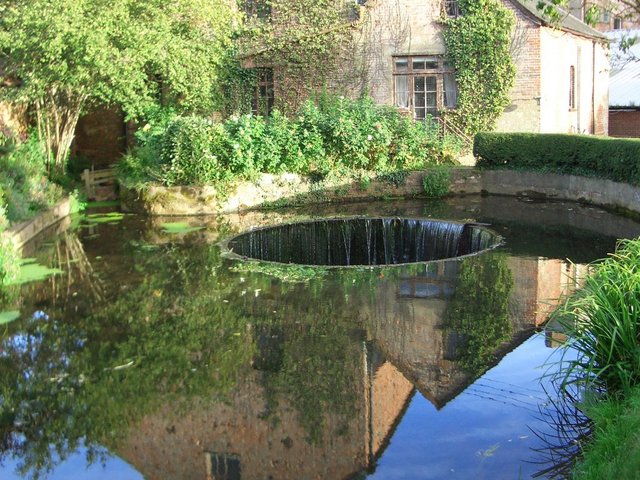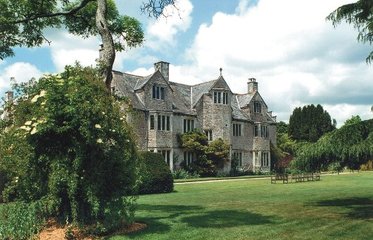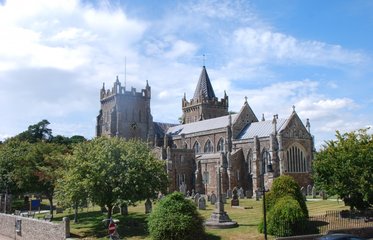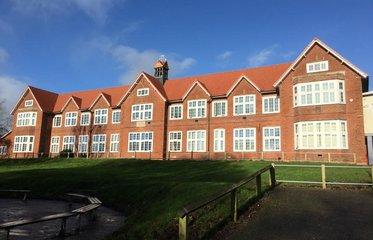Tumbling Weir
The Tumbling Weir is a circular weir that allows water from a leat or man-made stream to reach the River Otter. It is apparently a rare design in that the water enters through a circular opening at the top that is surrounded by the stream. The water then cascades down some more smaller rings until it enters a culvert which enters a tunnel under the nearby path before sluicing down to the river a few metres away.
- Categories: History / Places to Visit

Description
From medieval times the production of wool cloth was a major Devon industry. However, during the early part of the 18th century, this industry began to decline in the face of competition from cotton and cheaper Yorkshire yarns. Attempting to revive the local economy, Sir George Yonge and Sir John Duntze, Members of Parliament and joint Lords of the Manor, launched a scheme in 1788 to build a new manufactory at Ottery, for the carding and spinning of wool, using the recently invented water frame machinery. At the same time, the original corn mill, which had stood here for 700 years, was demolished, and a new, much bigger one built.
The existing leat which supplied the old corn mill did not provide a sufficient head of water for the new mill, so the level of the water in the mill basin had to be raised by 2.4 metres. This was achieved by reducing the fall along the leat. Then, as now, the water level was maintained by the circular 'tumbling weir', which discharged the overflow into the river through a short tunnel. Water was conveyed from the mill basin to the 5.5 metre water wheel inside the factory (reported to be capable of producing 30 horsepower) by an overhead aqueduct - the factory launder. A second 3.6 metre overshot wheel powered the corn mill.






